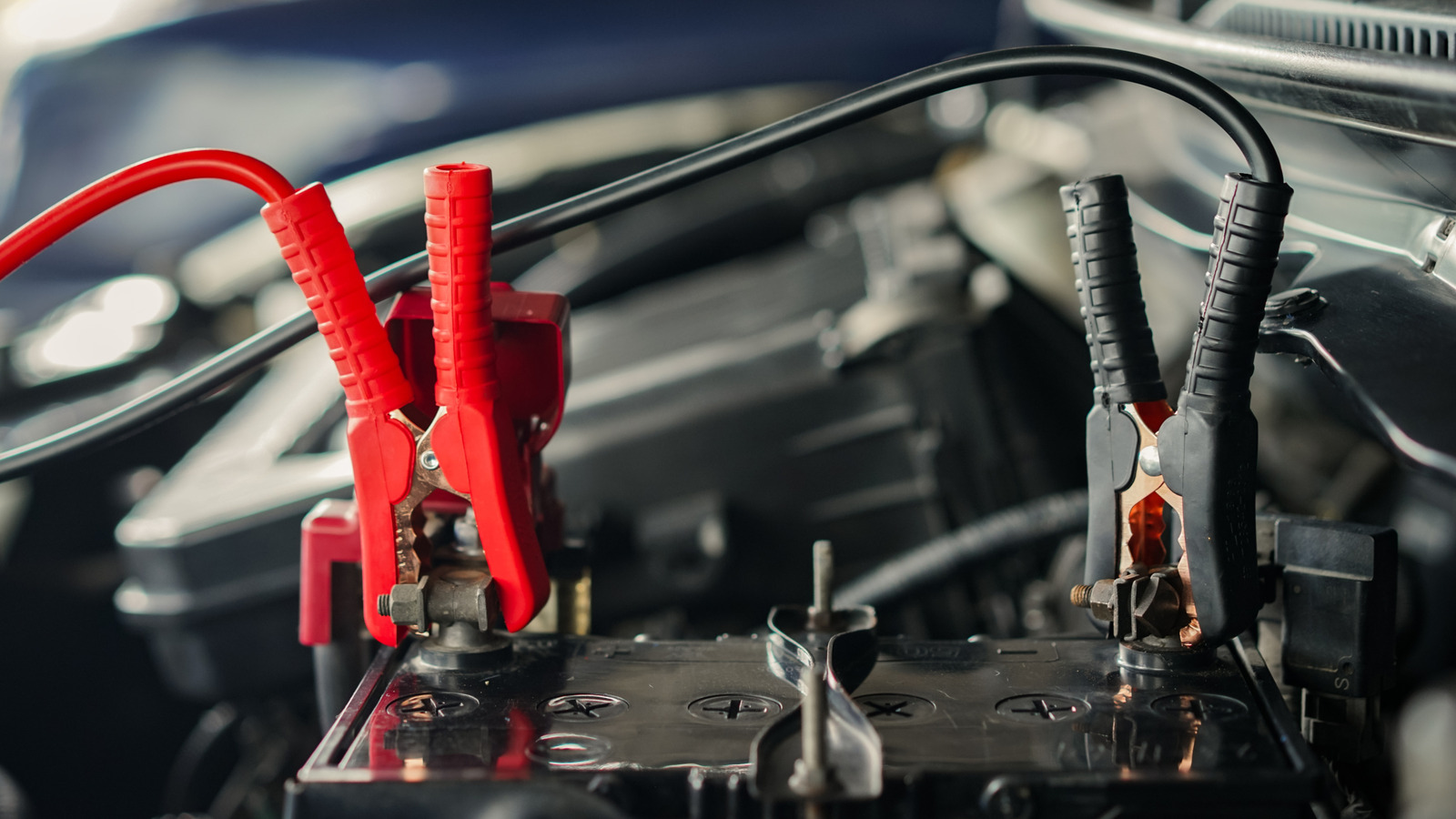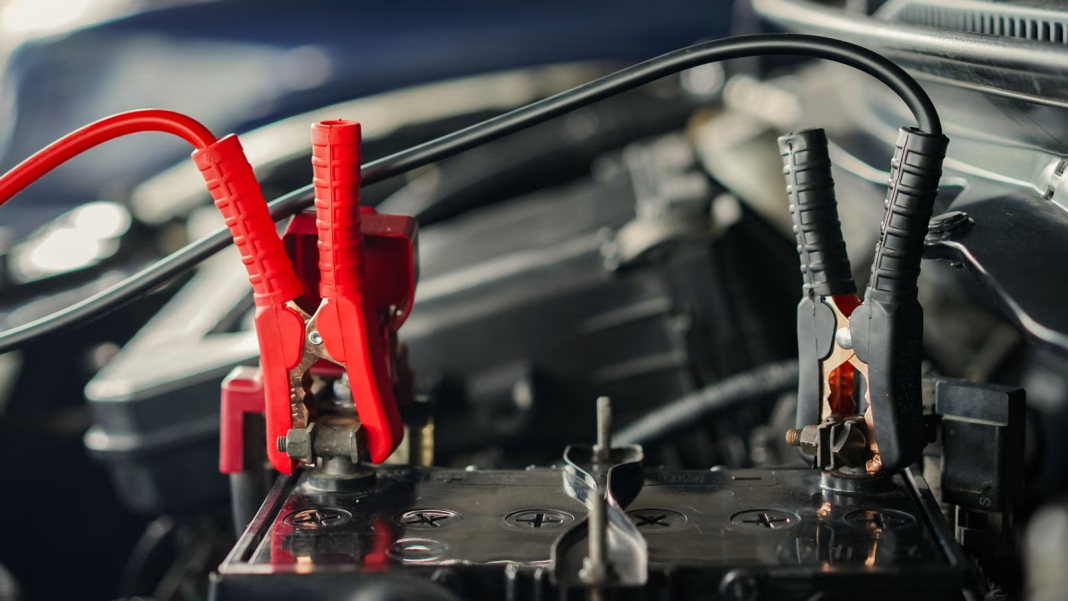Why Do Diesel Trucks Have Two Batteries Anyway?
Pop the hood on a diesel truck and you’re greeted by not one, but two hefty batteries. If you’re new to diesels, this might seem like overkill. But there’s a solid reason behind it. Diesel engines need a lot more cranking power than their gasoline cousins. That’s because diesel fuel ignites under pressure, not with a spark, and those thick, high-compression engines take some serious juice to get spinning—especially in cold weather.
Manufacturers solve this by wiring in a second battery. The two work together, delivering the amps needed to turn over that big engine and power glow plugs or intake heaters. It’s not just about starting, either. All that extra electrical demand—think towing, heavy-duty lighting, and accessories—means a single battery just wouldn’t cut it for most diesel trucks.
Which Battery Should You Use for a Jump Start?
Here’s where things get interesting. You’re stranded, jumper cables in hand, staring at two batteries. Which one do you clamp onto? The answer: it usually doesn’t matter—because in most modern diesel trucks, the batteries are wired in parallel. That means both positive terminals are connected, and both negatives are grounded, so they act as one big battery.
If you connect your jumper cables to one battery, you’re effectively boosting both. Still, best practice is to use the battery closest to the starter (often the one on the driver’s side, but always check your owner’s manual to be sure). This minimizes resistance and gives you the best shot at a quick start. And always connect positive to positive, negative to a clean ground point—never directly to the negative terminal if you can help it. That’s just good safety.
Can You Jump a Diesel Truck With Just One Battery?
Absolutely. Even though there are two batteries, you don’t need two sets of jumper cables or two donor vehicles. One healthy battery (from another vehicle or a jump pack) is enough to get things rolling. The key is making sure your cables are heavy-duty enough to handle the higher current draw of a diesel. Flimsy cables can overheat or even melt, so don’t skimp here.
If you’re using a portable jump starter, double-check its rating. Many consumer-grade packs are designed for small cars, not big diesels. Look for one rated for at least 1000 amps peak current. Otherwise, you might just end up with a click and a sigh.
What If One Battery Is Dead and the Other Isn’t?
This scenario trips up a lot of folks. If one battery is toast and the other is healthy, the dead one can drag down the system. You might get a sluggish crank or no start at all. In this case, it’s smart to test both batteries individually. Most auto parts stores will do this for free. If one’s bad, replace it—don’t just swap out one and hope for the best. Mixing old and new batteries can shorten the life of the fresh one, and you’ll be back to square one before long.
Are There Any Risks to Jump Starting a Diesel Truck?
Jump starting is generally safe if you follow the right steps, but there are a few things to watch out for. Modern trucks are packed with sensitive electronics, and a voltage spike can do real damage. Always turn off all accessories before jumping, and never let the clamps touch each other or any metal parts.
If you’re unsure, consult your owner’s manual or ask a pro. Some newer trucks even have designated jump points away from the batteries to protect delicate systems. And if you see corrosion or leaking batteries, it’s time to call for help rather than risk a DIY jump.
How Can You Prevent Battery Trouble in the First Place?
A little routine care goes a long way. Check your batteries twice a year—look for corrosion, loose terminals, and swelling. Clean off any gunk with a baking soda solution and a wire brush. If your truck sits for long periods, consider a trickle charger to keep both batteries topped up.
And don’t ignore slow cranking or dim lights. These are early warning signs that your batteries are getting tired. Replacing them before they fail can save you a lot of hassle, especially if you rely on your truck for work or travel.
What’s the Bottom Line for Diesel Truck Owners?
The big takeaway? Jump starting a diesel truck isn’t about perfection—it’s about smarter adjustments. Start with one change this week—maybe check your cables or clean those terminals—and you’ll likely spot the difference by month’s end. Diesel engines demand a bit more from their batteries, but with the right know-how, you’ll never be left in the cold.


